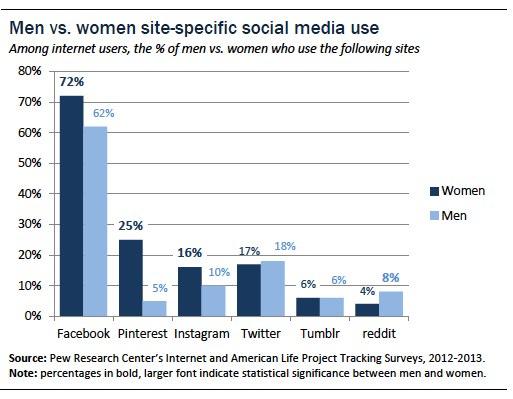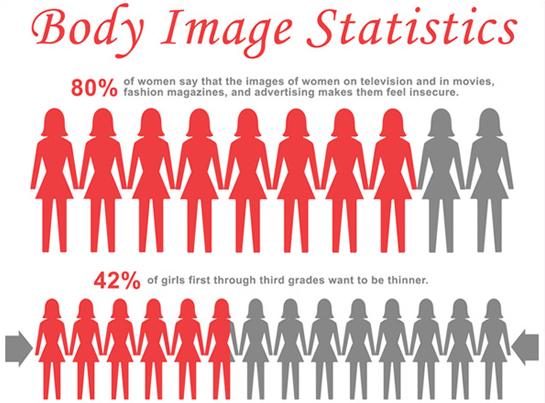Media and Women are two of the most talked topics. Voting preferences, personal opinions and ideas, and distorted knowledge of a particular subject are just a few examples of the numerous aspects of human existence that are impacted by the influence of the media.
Introduction:
Due to the unattainable beauty standards that are portrayed in the media, low self-esteem and lack of confidence are repercussions of the media on women.
Prior to this, cosmetics were primarily used to achieve perfection; but, in modern times, computers are used to accomplish perfection. Sadly, it is uncommon to see a picture of a woman that hasn’t been digitally enhanced to make her inhumanly perfect.
Media use for gender equality and inclusion:
By the turn of the 20th century, women all over the world had concentrated on passing political and legal changes that would increase women’s equality, provide them access to social institutions, and preserve their rights. The era of women’s rights has changed. As nations rebelled against colonial powers, many women became politically active due to the media.
In the beginning, people had such low opinions about women. Women were firmly positioned in the home sector and spoke animatedly about cleaning and housework, which was somewhat indicative of the issue. You had the female sex object, of course. Men were not permitted to be the family nurturer, but women are frequently portrayed in this role.

Positive impact of media on women:
The shows one watches on television, the music one listens to on the radio, the books, periodicals, and newspapers—media is a part of life everywhere.
It informs people about the concerns of the day and shapes public opinion. The media is how the average person learns about social events. The media has the authority to exert pressure and denounce the flaws in democracy. It serves as the backbone of the country and is essential in promoting community stability.
Women are learning more thanks to various forms of media. However, it is strongly advised that women use mass media not only for amusement but also for beneficial purposes related to education, culture, and work.
In addition, the mass media is a powerful tool for communication; as such, it must lessen crime and violence in its programming to enhance society in general and the position of women in particular.
Women use the internet for a variety of purposes now that it is accessible in their homes. It has made it possible for women to take part in significant daily governmental concerns, including governance, education, and home tasks.

Example: Delhi Gang Rape Case: The December 16, 2012 gang-rape in Delhi that became known as the Nirbhaya case dominated public discourse for months and came to symbolize the epidemic of sexual violence in India.
It had never happened before that the entire nation was glued to the TV, radio, newspapers, and other sources of news distribution. Since the public was made aware of the Nirbhaya case and all pertinent information was provided by the media, strict laws against rape were put into effect.
The response to the recent horrifying gang-rape and murder case has demonstrated the media’s ability to spark discussion and alter perceptions. The public and the media put pressure on the law and the police to reach a quick decision.
The Juvenile Justice Bill was passed in December 2015 as a result of their efforts and the public sentiment against this convicted rapist. If a kid over 16 was charged with a serious crime, the measure would allow them to be prosecuted as an adult.
The Nirbhaya Act, a 2013 Criminal Law (Amendment) Act, It raised the punishment for aggravated rape and assault, including the use of the death penalty in situations when the victim dies or is left in a permanent vegetative state, and particularly recognised gender-based offences including acid assaults and stalking.

Negative impact of media on women:
Women’s lack of access to media professions – Media careers were not accessible to women. Women were significantly underrepresented in newsrooms, radio and television broadcasting, film production, and media outlet ownership.
There are more women working in the communications industry sector, but few of them have held leadership roles or sat on committees or boards that affect media policy.
As a woman, I think this affects women to the point that some commit suicide because they don’t meet society’s standards of beauty when such standards are merely unattainable.
Despite the improper image of women, the media should highlight the achievements of well-known, successful, and established women.
Example: The Chandigarh University case has made clear what it really costs to have access to a vast amount of knowledge at our fingertips. The university has been closed for a week due to the widespread demonstrations that followed reports that a female student had secretly recorded other ladies in a hostel bathroom.

SOURCE: THE INDIAN EXPRESS
While the case brought up concerns about female bodily autonomy and agency loss, it also highlighted the vulnerability of media. The internet will always have a space for hazardous content, despite several limitations on digital platforms. People have discovered ways to bypass the prohibitions and create online forums, threads, and ‘rooms’ that are shielded from technological restrictions, making the situation more dangerous.

REFERENCE:
DO FOLLOW: A brewing crisis in the Indian coffee industry












